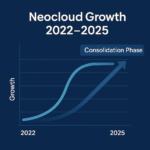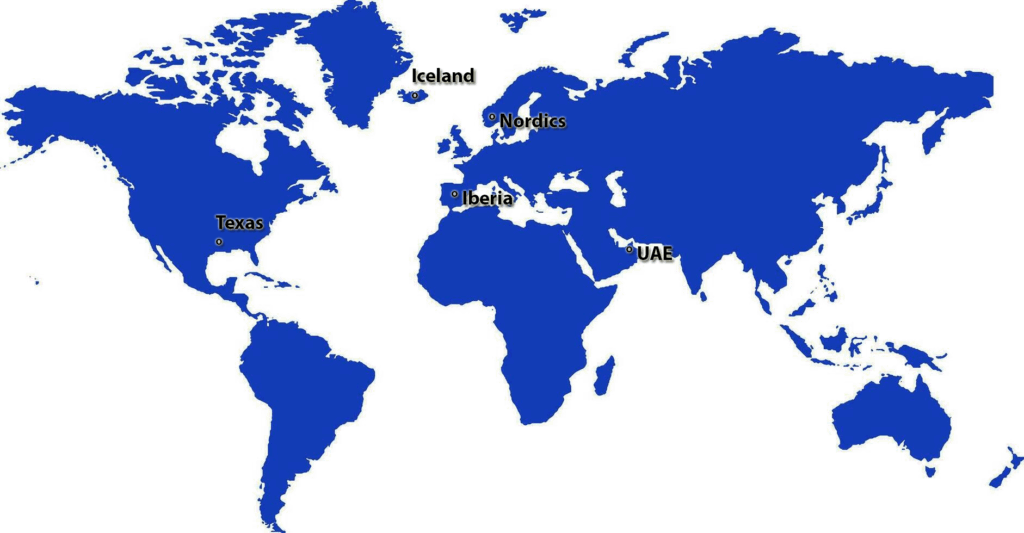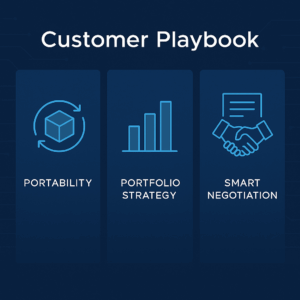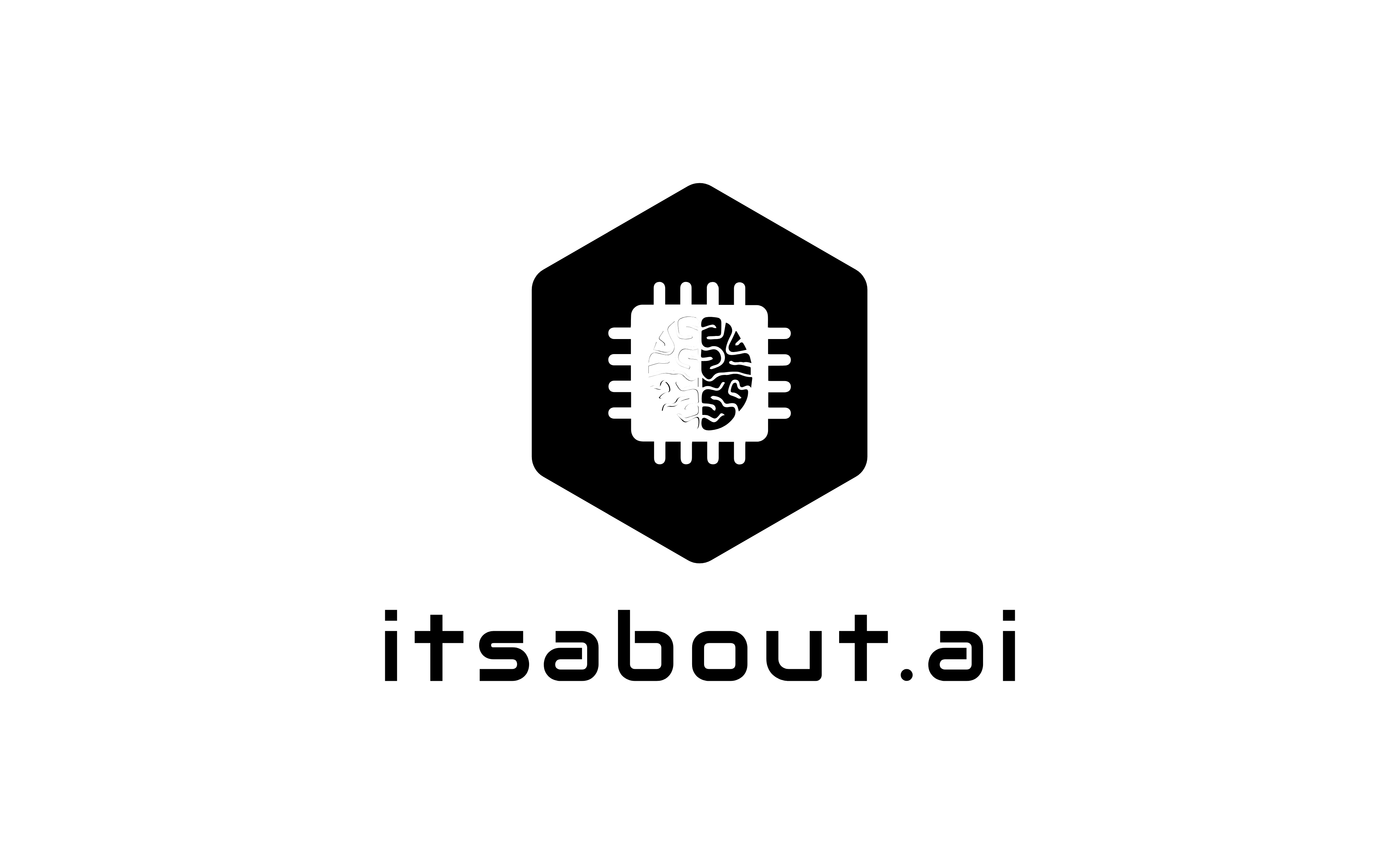Neocloud Enters Its Consolidation Era: What’s Driving It and What It Means for AI Buyers


Over the last two years, a new class of GPU-first Neocloud providers such as CoreWeave, Lambda, Voltage Park, Crusoe, and others has moved from niche to necessary.
They stand out for their cutting-edge accelerators, near bare-metal performance, faster time to capacity, and flexible terms for AI workloads including shorter commitments, lower egress fees, and container-native platforms.

If hyper-scalers are general-purpose malls, Neoclouds are performance garages built for AI – specialized, adaptable, and designed for speed.
But now we’re entering the next phase. The Neocloud market is moving toward consolidation, a shakeout that will redefine how AI infrastructure is delivered, priced, and consumed.
Why Consolidation Is Inevitable
1. Capital Intensity and Scale Economics
Building AI data centers is incredibly expensive and power-hungry. Operators need multi-hundred-megawatt campuses, tens of thousands of high-end GPUs, liquid cooling systems, dense networking, and massive storage capacity.
Only companies that can secure long-term GPU supply, real estate, and power contracts will survive.
The rest will merge, be acquired, or fade away.
2. Supply Normalization and Productisation
Early success in this market came from GPU scarcity. If you had H100s, you were in demand.
Now that supply is improving and next-generation chips like H200, B200, and GB200 are arriving, differentiation is shifting toward infrastructure quality – things like network topology, storage performance, and service reliability.
That naturally favors larger, better-financed players.
3. Margin Pressure and Falling Unit Costs
Inference costs have dropped dramatically since 2022. Training remains capital intensive, but the profit pool is shifting toward efficient, large-scale inference and optimized data pipelines. As costs fall and services become more comparable, competition increases, which drives consolidation.
4. Anchor Partnerships and Joint Ventures
Foundation model developers are signing multi-year anchor tenant deals with Neocloud providers, reserving GPU capacity far in advance. These agreements stabilize demand for some players but also concentrate market power, making it harder for smaller providers to compete.
5. Converging Market Strategies
Neoclouds are moving up the stack by adding AI storage, orchestration, and managed runtime services, while hyper-scalers are optimizing down the stack with GPU-optimized regions and platforms.
As offerings overlap, customers are naturally choosing fewer, larger vendors, which accelerates consolidation.
What the Consolidation Will Look Like
- Mergers and acquisitions among Neoclouds: Smaller regional players will be absorbed by larger platforms that need additional power, land, or GPU allocations.
- Strategic partnerships and investments: Hyper-scalers, data center REITs, and hardware vendors will invest in or form partnerships with Neoclouds to secure future GPU supply.
- Vertical integration: Model developers will collaborate with Neoclouds to co-design hardware, fabrics, and storage systems optimized for specific workloads.
- Market exits and pivots: Companies without distinctive advantages such as cheap power or sovereign compliance will pivot to reselling or exit the market altogether.
How the AI Landscape Will Change
1. Fewer, Larger Platforms and Standardized Infrastructure
Expect a smaller number of dominant Neocloud providers offering standardized cluster types such as NVL72 or GB200 pods. This will make integration easier and reduce risk for enterprises adopting multi-cloud AI strategies.
2. Reserved Capacity Becomes the Norm
Large tenants will secure guaranteed GPU supply through long-term agreements. Spot capacity will still exist, but it will be volatile and less reliable. Training workloads will increasingly require pre-reservation to ensure predictable start times.
3. Shift From Training to Inference and Data
As the market matures, the economic focus will move from training to inference and data efficiency.
The biggest value will come from optimizing inference, retrieval pipelines, and multi-modal serving rather than simply building bigger models.
4. Geography and Power as Strategic Differentiators
Access to low-cost, renewable power and fast permitting will define the next generation of AI infrastructure hubs. Regions like Texas, the Nordics, Iceland, Iberia and the UAE are already becoming key locations. Sovereign and regulated workloads will follow the availability of compliant, regionalised capacity.

What This Means for Customers
1. Build for Portability and Flexibility
Design workloads for multi-cloud mobility.
Use open standards, containers, and portable model formats to reduce lock-in. Maintain infrastructure as code using tools like Terraform, Ansible, or Pulumi so you can redeploy easily if needed.
2. Manage GPU Capacity Like an Investment Portfolio
Treat your GPU consumption strategy like an investment plan with three categories:
- Core: reserved capacity for essential workloads.
- Flex: secondary providers for burst or fail-over capacity.
- Speculative: spot or pre-emptible instances for experimentation.
This balance optimizes cost and availability.
3. Focus on What Actually Impacts TCO
Don’t be distracted by the headline price per GPU hour. Negotiate around what truly affects performance and cost:

- Storage throughput (GB/s per node)
- Egress terms and bandwidth limits
- Job start SLAs
- Network topology guarantees
- Hardware upgrade cadence
These are the factors that drive real efficiency and ROI.
4. Optimize the Data Plane
Your future cost pressure won’t come from GPU hours but from data movement and inference orchestration. Start optimizing tokeniser efficiency, batching, caching, and distillation early to control costs as you scale.
5. Align Geography With Governance
If you work with regulated data such as healthcare, finance, or public sector workloads, ensure your Neocloud provider has compliant regional options and clear data sovereignty policies. Regulators won’t accept excuses when workloads sit outside the right jurisdiction.
6. Evaluate Bundled Value With Caution
Neocloud providers are increasingly bundling AI-tuned storage, orchestration tools, and serving platforms. This can simplify operations, but always ensure you can un-bundle later if your needs change.
Keep your contracts modular and flexible.
The Bottom Line
The first phase of the Neocloud market proved the demand for GPU-accelerated infrastructure. The next phase is about consolidation, standardisation, and cost compression.
For AI builders and enterprises, this is largely positive news:
- Capacity will become more predictable.
- Infrastructure will become more standardized.
- Prices will continue to fall.
But it also means now is the time to design for portability and negotiate intelligently. In the coming period of consolidation, flexibility is not just smart architecture…….it’s survival.
